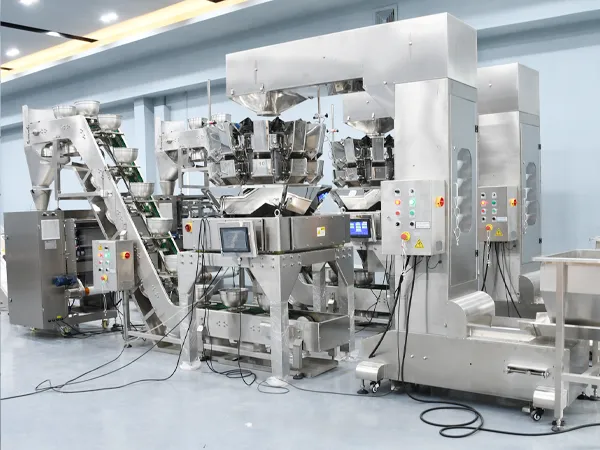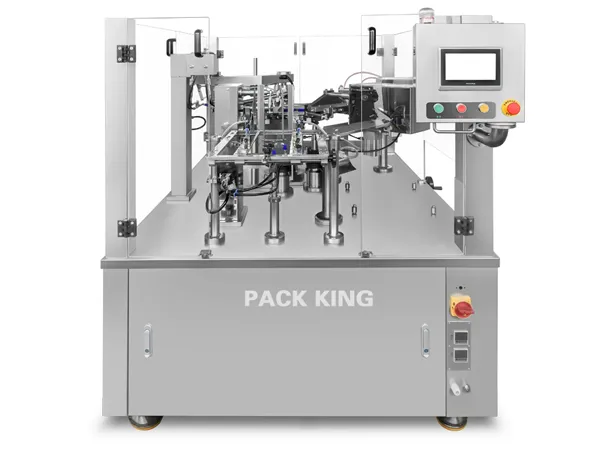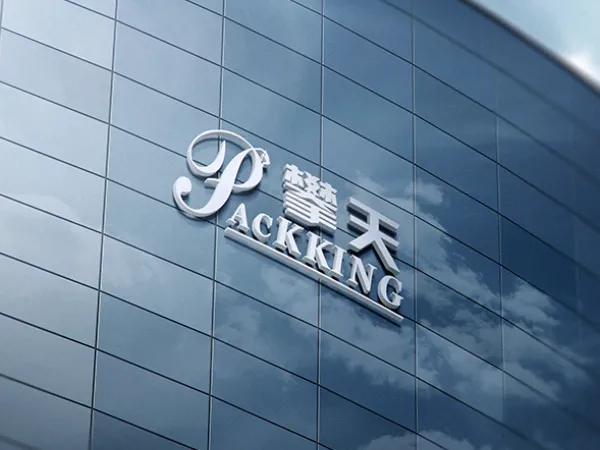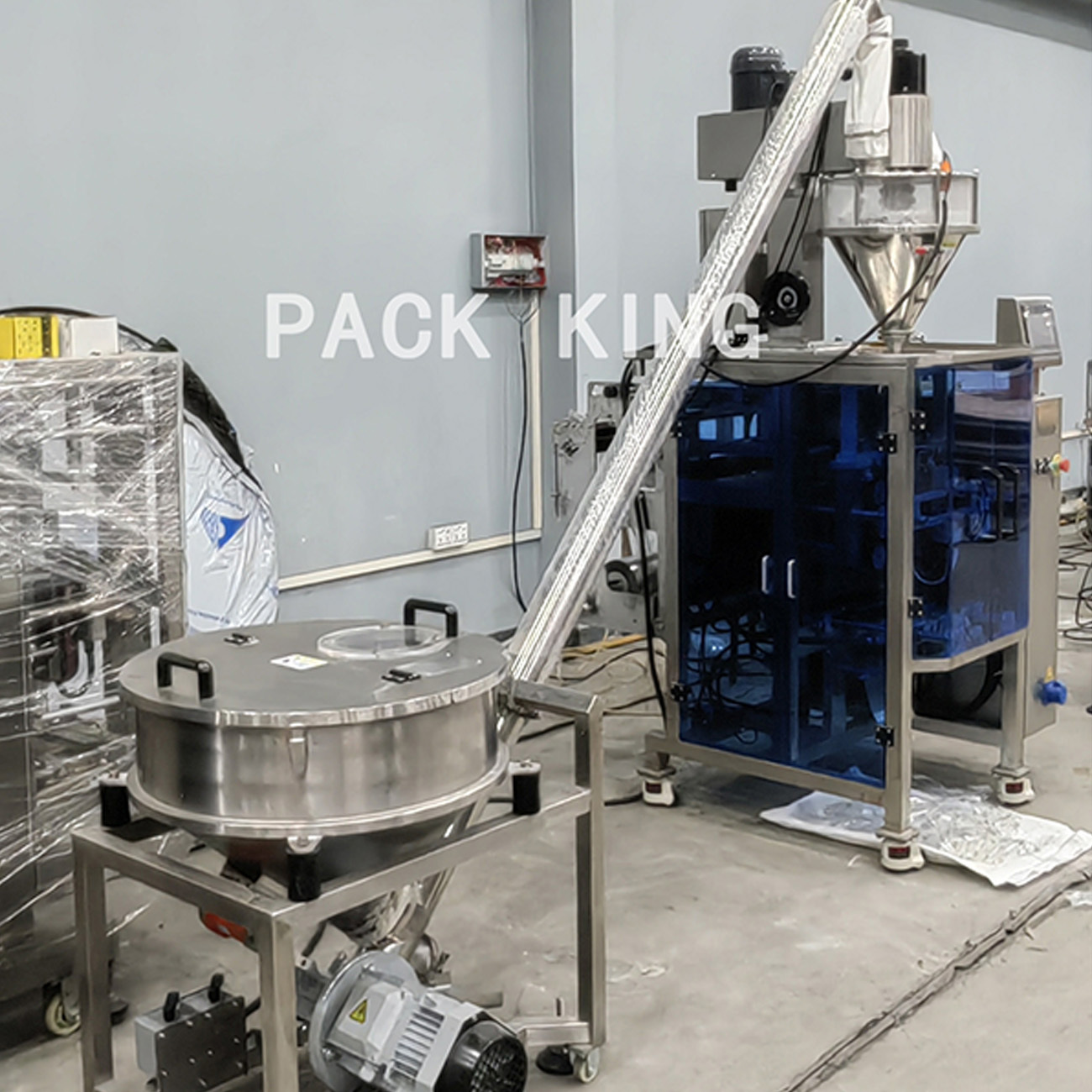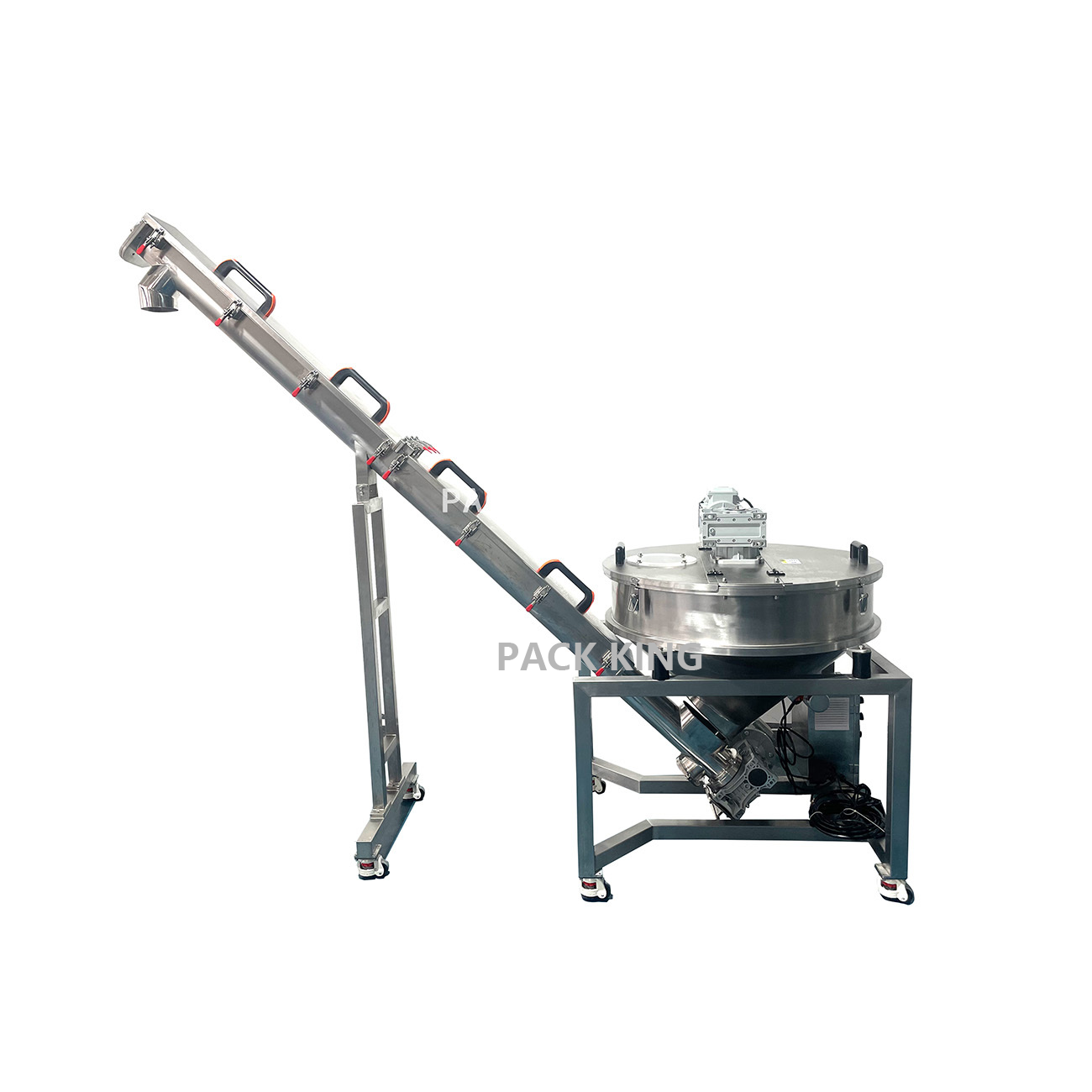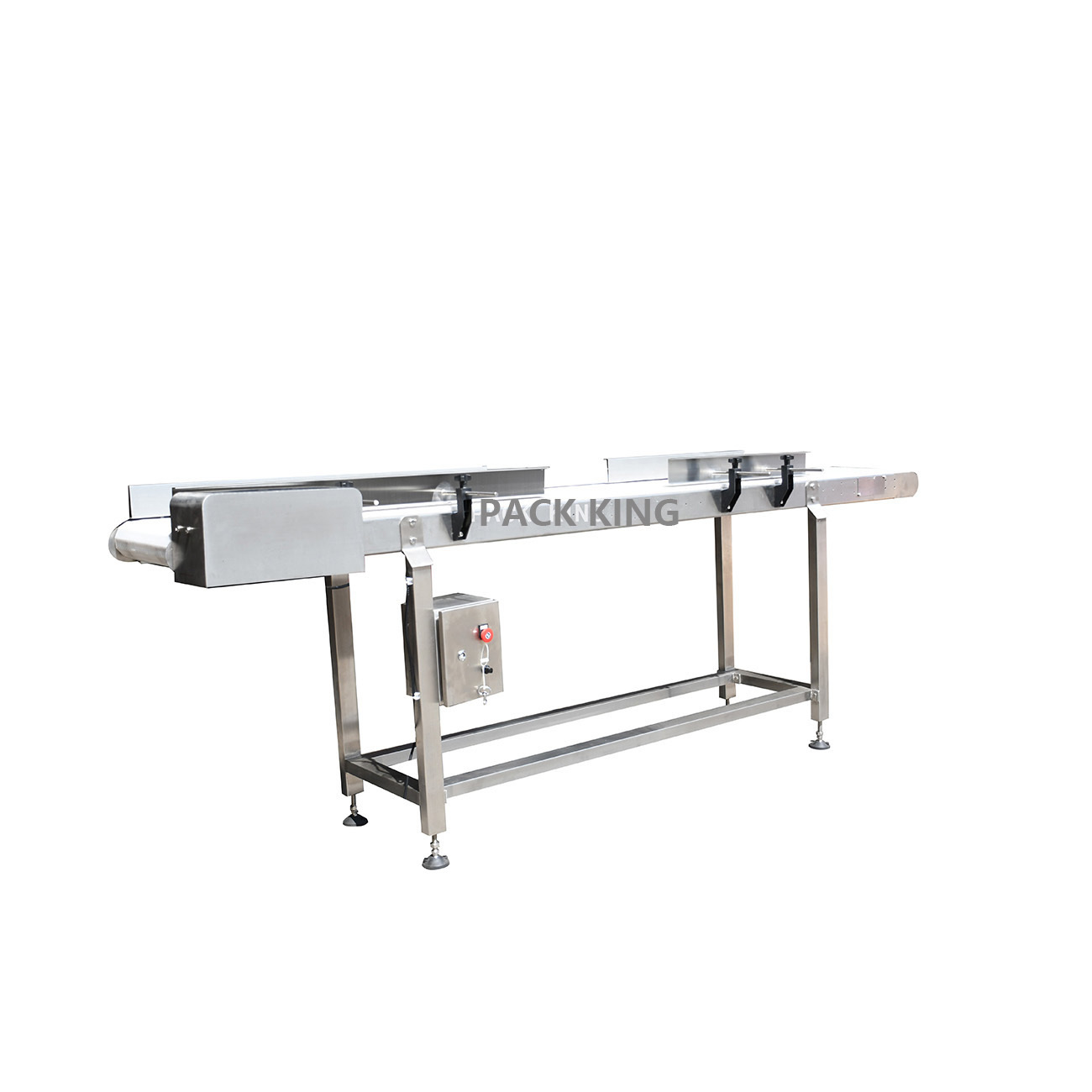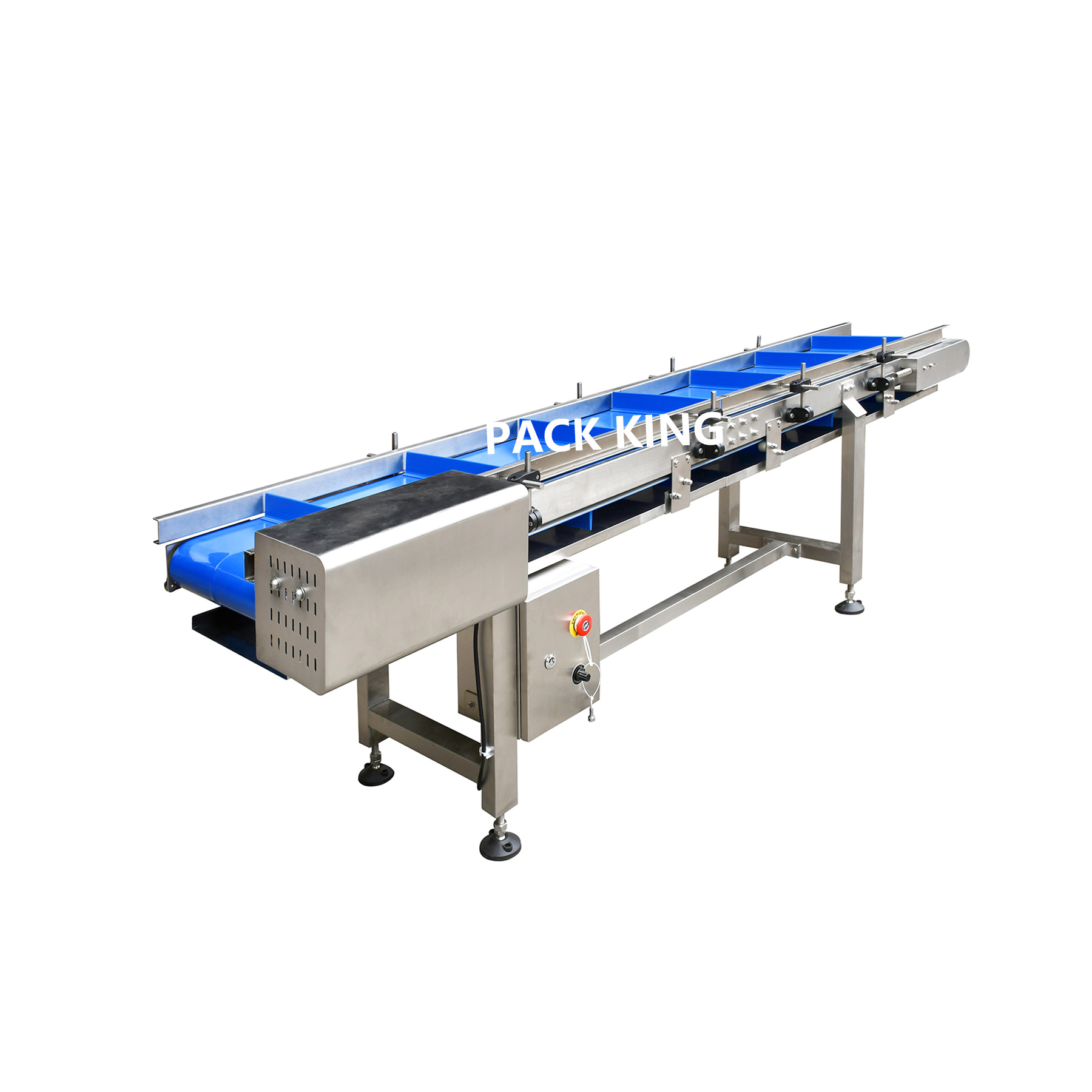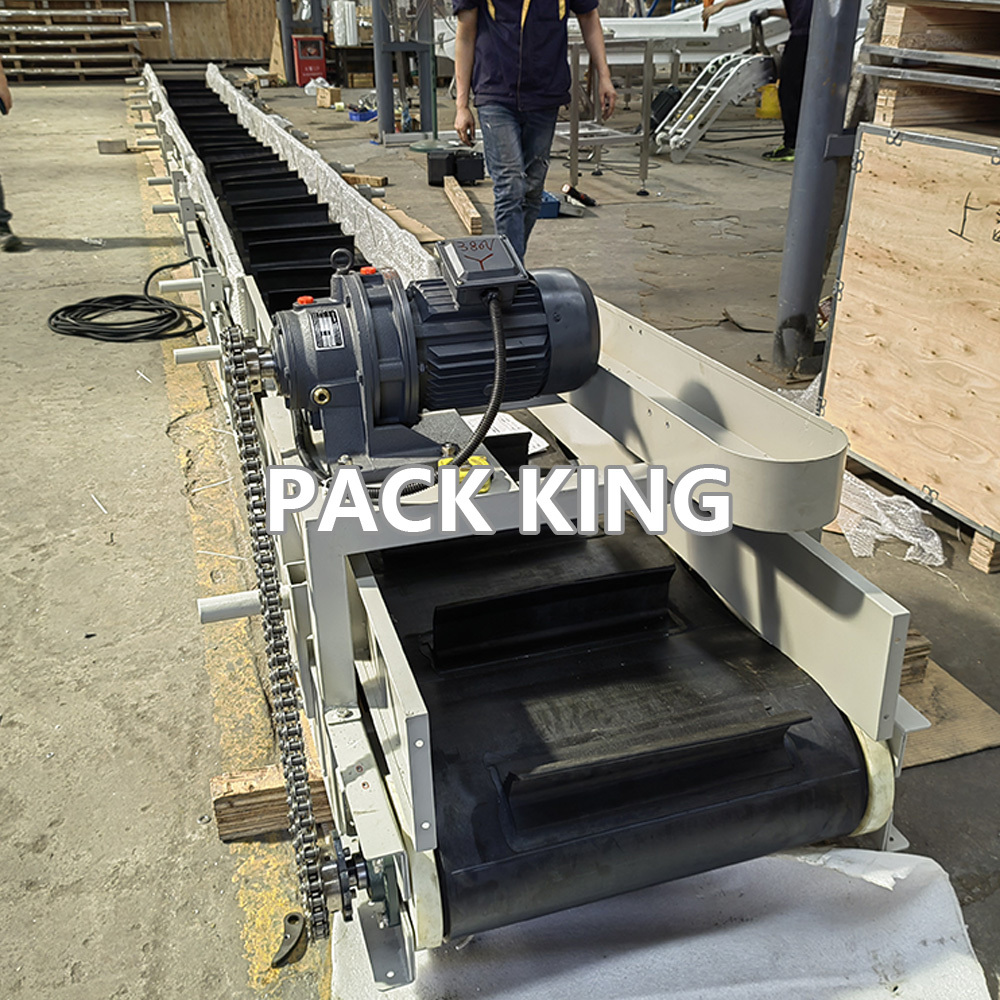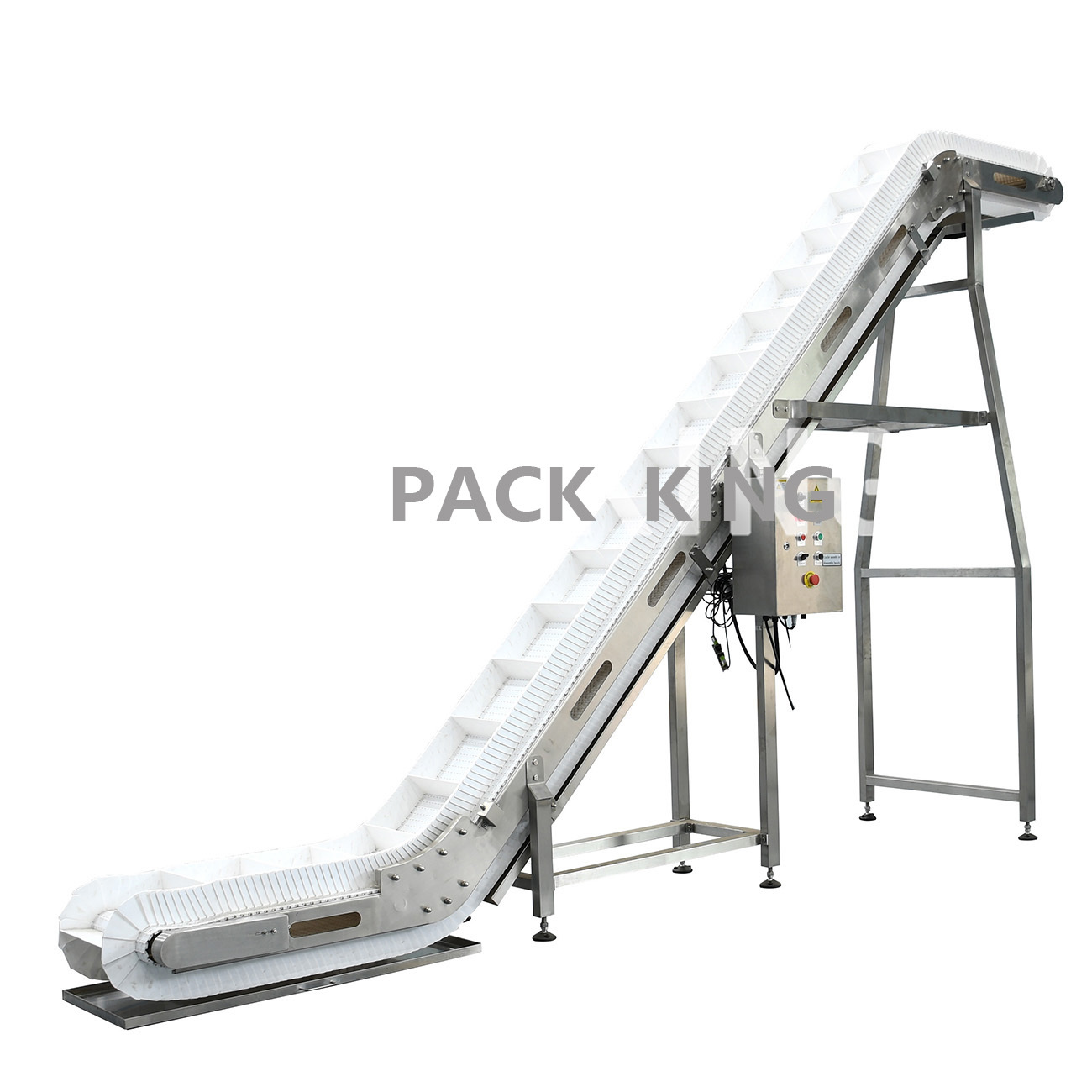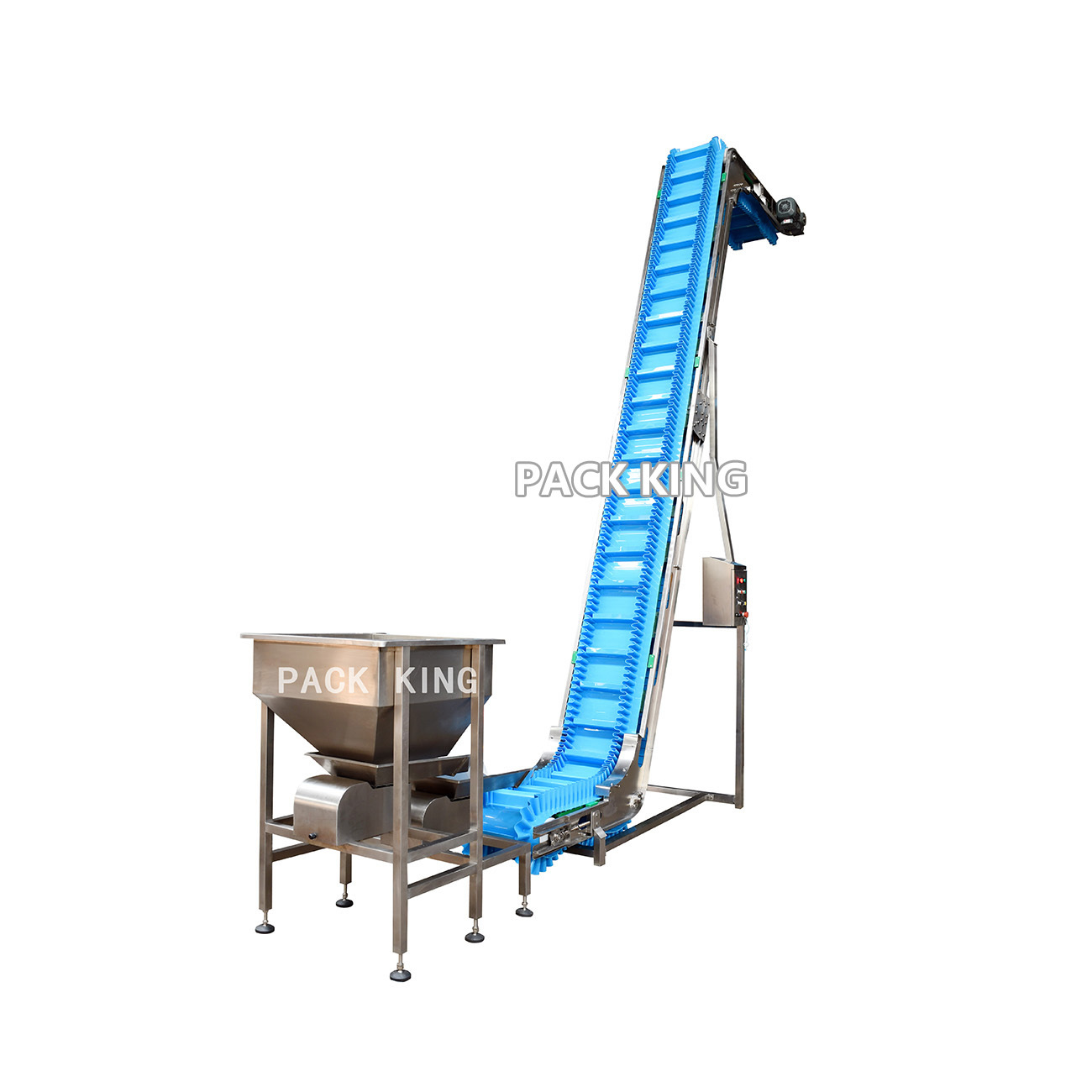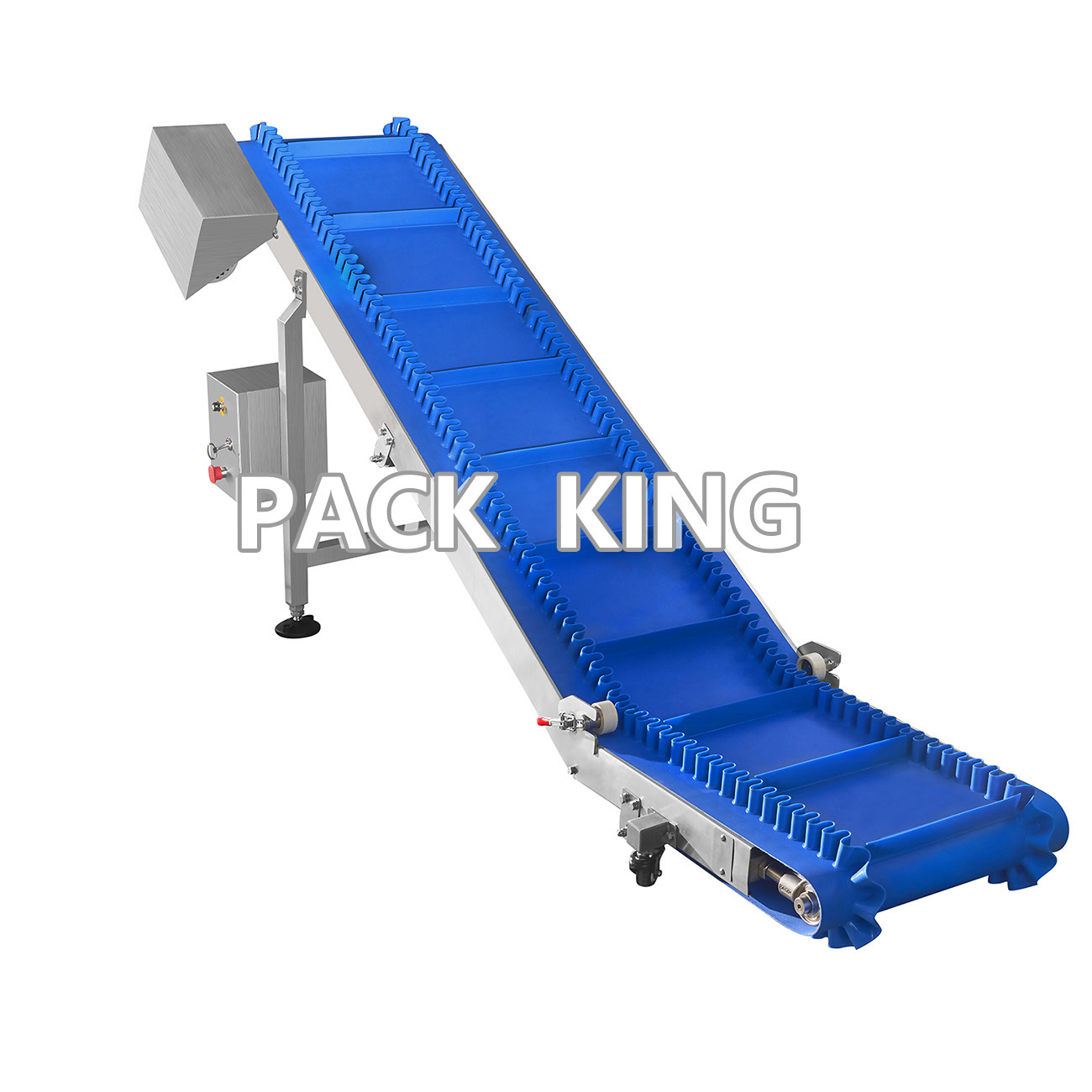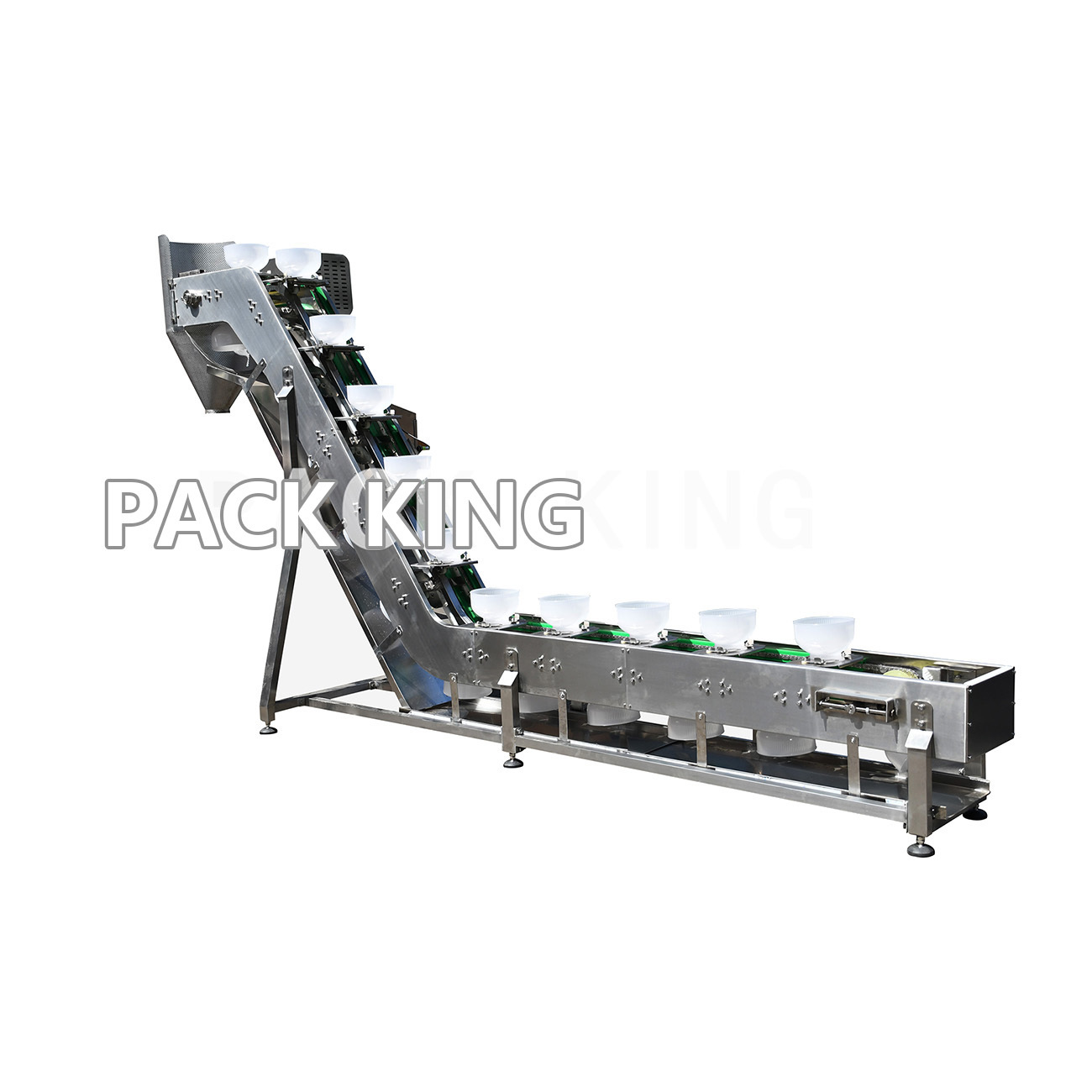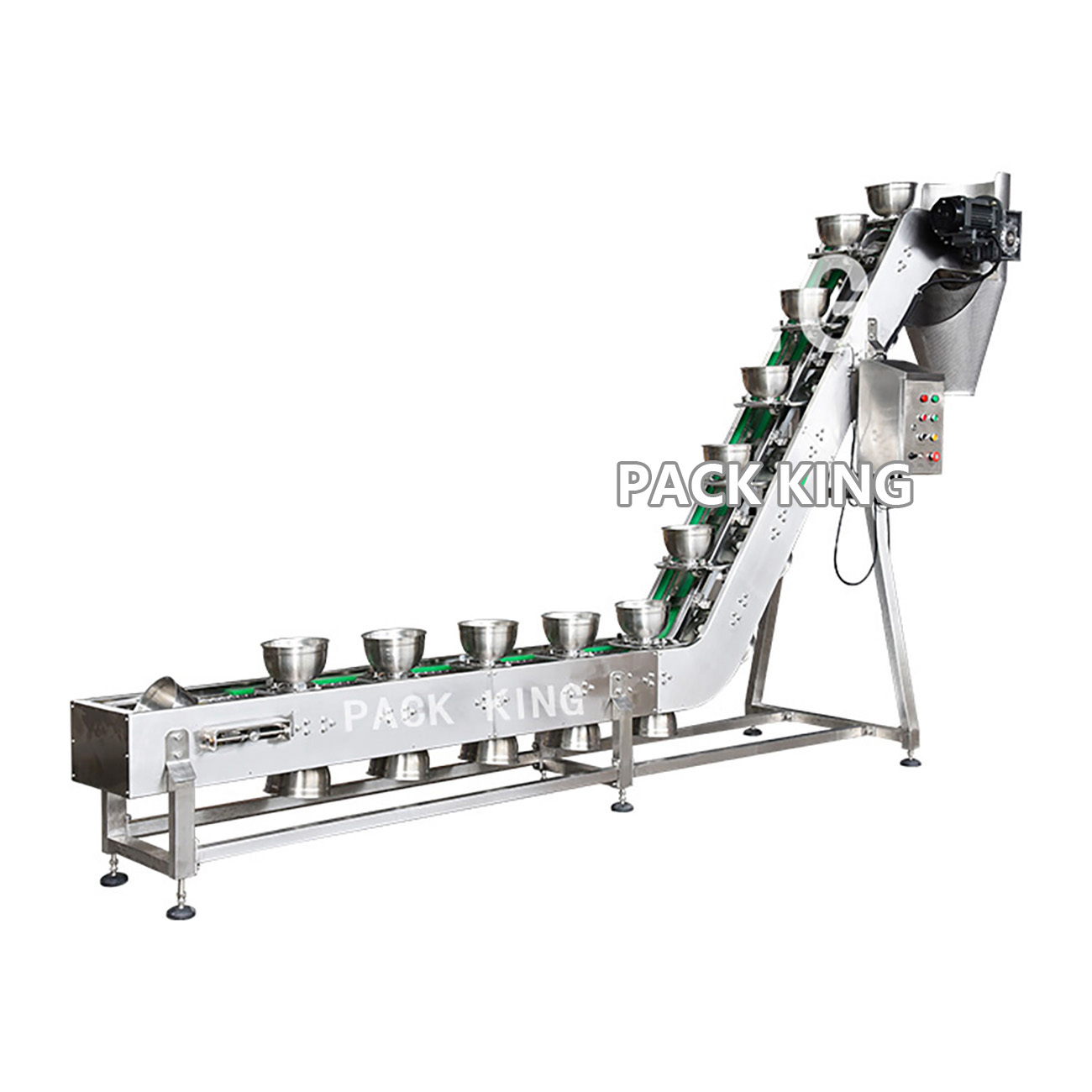Product Category
A screw feeder, or screw conveyor, utilizes a rotating helical screw (auger) within a tube or trough to reliably move bulk materials. Its primary function is precise, controlled metering and transfer of dry, free-flowing, or semi-solid substances like powders, granules, pellets, flakes, or chips. Screw feeders ensure consistent, dust-controlled material flow from storage (silos, hoppers) to processing equipment (mixers, reactors, packaging lines). Their design offers accuracy, reliability, and containment for diverse materials.
MORENon-standard customized U-tube screw feeders are specialized material handling systems designed for unique industrial challenges. Their defining U-shaped housing securely encloses a rotating screw, efficiently conveying bulk solids – powders, granules, flakes, or pellets – along a defined path. Key functions include precise, controlled feeding of difficult materials (sticky, abrasive, fragile), gentle handling to prevent degradation, and creating a sealed environment to prevent contamination or dust emission. Customization allows tailoring dimensions (length, tube diameter, screw pitch), materials of construction (stainless steel, coatings), hopper design, drive power, and discharge configuration. Applications are diverse, spanning industries requiring specific solutions: precise ingredient dosing in Food & Beverage or Pharmaceutical production, handling abrasive minerals in Chemicals, conveying fragile catalysts in Petrochemicals, managing sticky polymers in Plastics, or automating processes in specialized Agriculture or Recycling plants where standard feeders fall short. They streamline feeding where conventional options fail.
MOREC elevator The C-type elevator features a semi-enclosed "C"-shaped track that enables vertical-horizontal material circulation via chain-driven buckets. Its curved transition design ensures smooth handling of granular and blocky materials without spillage. Ideal for space-constrained light industries like food (biscuits/candy transport), cosmetics (bottle conveying), and construction (short-distance tile lifting), it offers greater compactness and lower energy consumption than Z-type elevators. With typical capacity under 50kg/bucket, customizable in food-grade stainless steel or anti-static versions, it excels in low-breakage line connectivity though unsuitable for fine powders. The C-type elevator provides an intelligent conveying solution for food industry, featuring food-grade 304 stainless steel construction and arc-shaped transition design to ensure zero damage and contamination during handling of biscuits, frozen dumplings, chocolates, etc. Equipped with temperature control module (-18℃ to 25℃ adjustable), anti-stick buckets and vision inspection system, it automatically synchronizes with packaging lines and rejects defective products. The quick-disassembly design meets GMP cleaning standards with 15-minute sanitization cycle, making it ideal for diversified food production including mooncakes, instant noodles and seasoned nuts, helping leading manufacturers achieve 40% labor cost reduction and 30% productivity improvement.
MOREPP (Polypropylene) chain conveyors utilize interlocking plastic plates mounted on chains to move products steadily and reliably along a production line. Their primary function is continuous horizontal transportation of items in industrial settings. The key advantage lies in the PP material: lightweight, highly corrosion-resistant to chemicals and moisture, non-contaminating, and easy to clean. This makes them exceptionally hygienic and suitable for wet or washdown environments. Consequently, PP chain conveyors are vital in demanding sectors like food processing (conveying packaged goods, produce), beverage bottling, pharmaceutical manufacturing, and packaging lines. They excel at handling containers, boxes, trays, and packaged items where sanitation, chemical resistance, and gentle product handling are critical. Their durability and low maintenance needs ensure efficient long-term operation.
MOREPU (Polyurethane) belt conveyors utilize flexible, durable belts made from polyurethane elastomer. Their primary function is to efficiently transport a wide variety of items smoothly and reliably between points within a production or handling system. Key functional advantages include excellent resistance to abrasion, oils, greases, and many chemicals. PU belts offer superior hygiene with easy cleaning, making them ideal for food, beverage, and pharmaceutical applications. They provide a non-marking, smooth surface suitable for delicate products and feature good grip for inclined conveying or preventing slippage. Common applications span diverse industries: food processing (baking, packaging), pharmaceuticals, logistics & parcel sorting, light manufacturing (electronics, small parts), and textile handling. Their versatility, cleanliness, and durability make PU belt conveyors essential for hygienic, precise, and efficient material movement.
MOREPVC belt conveyors efficiently transport lightweight to medium-weight items across short-to-medium distances within industrial and commercial settings. Their primary function is the reliable, continuous movement of materials in a straight line or slight inclines/declines. Key to their application is the PVC belt's inherent properties: smooth, non-porous, and easy-to-clean surfaces make them ideal for hygienic environments like food processing, pharmaceuticals, and packaging. They excel in warehousing for box and totes handling, postal sorting facilities, and light assembly lines. PVC belts resist moisture, oils, and many chemicals, offer quiet operation, and are customizable in width and length. Their low maintenance and cost-effectiveness drive widespread use where sanitation, flexibility, and gentle handling are priorities.
MOREFeatures and Advantages *Large conveying angle: By setting special push plates and skirts, it can effectively prevent materials from sliding down, enabling large-angle conveying. The lifting angle can reach 30-40 degrees or even higher. When space and product shape permit, it can replace continuous elevators. *Strong bearing capacity: With a robust structure, it can be used in heavy-duty conveying operations and is suitable for occasions with impact at loading and unloading points. It can convey large and sharp materials, and the weight of a single material (piece) being transported can reach 70-120kg. *Wide application range: There are various chain plate materials available, which can be selected according to different material characteristics and usage environments. For example, stainless steel is suitable for industries with high hygiene requirements such as food and pharmaceuticals; plastic-steel chain plates are resistant to acid, alkali, salt water, etc., and can be used in various harsh environments. *Stable and reliable operation: Adopting chain transmission, it runs smoothly with low noise and little wear. The chain has undergone heat treatment, featuring good wear resistance and a long service life. Meanwhile, the equipment has good sealing performance, which can prevent material leakage and ensure the cleanliness of the production environment. Application Fields *Food industry: Used for conveying fruits, poultry, canned drinks, cosmetics and cleaning products, etc., and can meet the needs of automatic conveying, grading and packaging. *Chemical industry: Suitable for conveying various chemical raw materials, such as granular and powdery materials, and can operate stably in corrosive environments. *Mining industry: Can be used to convey ores, slag, etc., and can adapt to the harsh working environment of mines, especially suitable for conveying large and sharp materials. *Other industries: Also widely used in electronics, electrical appliances, automobile, logistics and other industries for conveying various parts, packaged items, etc.
MORECore Functions 1.Adapting to steep angle conveying It solves the problem that ordinary flat conveyor belts are prone to material sliding and low conveying efficiency when the inclination angle is large. Through special structural designs (such as transverse partitions, corrugated ribs, etc.), it can stably convey bulk materials on steep slopes or even in vertical directions, effectively reducing the floor area occupied by the conveying line. 2.Wear resistance and corrosion resistance Polyurethane material itself has excellent wear resistance, tear resistance, and chemical corrosion resistance. It can adapt to the conveying of various materials (such as ores, coal, grain, chemical fertilizers, construction waste, etc.), and is especially suitable for working conditions where the conveyor belt is subject to significant wear or certain corrosiveness. 3.Low noise and environmental friendliness Compared with traditional rubber conveyor belts or metal conveying chains, PU material is relatively soft, resulting in lower noise during operation. Moreover, the material itself is non-toxic and easy to recycle, meeting environmental protection requirements. It is suitable for places with strict restrictions on noise and environment (such as food processing, urban waste treatment, etc.). 4.Flexible adaptation and efficient conveying It can be designed with different structures such as rib heights and partition spacings according to the characteristics of the conveyed materials (particle size, humidity, temperature, etc.) and angle requirements, realizing continuous and efficient material conveying and improving the automation level of the production process. Main Application Fields 1.Mining and metallurgy industry Conveying ore raw materials such as coal, iron ore, and limestone. It is widely used in steep slope conveying scenarios in underground mines or open-pit mines, reducing the difficulty of laying conveying lines due to terrain restrictions. 2.Building materials and chemical industry Used for conveying materials such as cement, sand, glass raw materials, chemical fertilizers, and plastic particles. Its corrosion resistance and wear resistance make it suitable for the special conveying needs of chemical raw materials. Agriculture and grain processing 3.Conveying agricultural products such as grains, beans, and feed. The environmental friendliness and low noise characteristics of PU materials make them suitable for scenarios in contact with food, and can prevent materials from sliding during inclined conveying in storage and processing links. 4.Construction waste and waste treatment In scenarios such as demolition sites, landfills, and waste recycling plants, it is used to convey mixed materials such as construction waste and domestic waste. The steep angle design can save site space and improve processing efficiency. 5.Port and logistics conveying In the bulk material loading and unloading links of ports and stations, it is used to convey materials (such as coal, grain) from ships and trucks to storage facilities through inclined lines, enhancing the continuity of loading and unloading operations.
MOREFunction 1.Enabling stable conveying at large angles Ordinary conveyor belts are prone to material sliding and spilling when the inclination angle is large. However, the PVC steep angle conveyor belt, through a combined design of corrugated sidewalls (preventing lateral sliding of materials) and transverse partitions (supporting materials and forming a "hopper" structure), can firmly "lock" materials on steep slopes or even in vertical directions. This ensures that bulk or lumpy materials such as coal, ores, and grains do not fall off, enabling continuous and stable conveying. Saving space and reducing costs 2.Compared with traditional inclined conveying equipment (such as screw conveyors and bucket elevators), it can be directly arranged along steep angles, significantly shortening the length of the conveying line and reducing the floor area. It is particularly suitable for working conditions with narrow spaces (such as inside workshops and underground mines), lowering the costs of equipment installation and site construction. Utilizing the characteristic advantages of PVC materials Corrosion resistance: PVC materials have a certain resistance to acids, alkalis, salt spray, etc., and can convey materials with slight corrosiveness (such as chemical fertilizers and chemical raw materials), extending the service life of the conveyor belt. 3.Hygiene: Food-grade PVC steep angle conveyor belts can be used for conveying food-related materials such as grains and feed. Their surfaces are easy to clean and meet hygiene standards. Lightweight and low noise: PVC materials have low density, making the conveyor belt lightweight overall. The friction noise with equipment during operation is low, making it suitable for noise-sensitive environments (such as urban waste treatment stations and food processing plants). 4.Adapting to various materials and working conditions The structural parameters such as the height of sidewalls and the spacing of partitions can be adjusted according to the characteristics of materials (particle size, humidity, temperature) to adapt to materials of different forms such as dry powder, granules, and small lumps. It can also work stably in normal or medium-low temperature environments ranging from -10℃ to 60℃. II. Main Application Fields 1.Mining and coal industry Conveying ore raw materials such as coal, iron ore powder, and limestone. It is especially suitable for steep terrain in underground or open-pit mines, solving the problem that traditional conveyor belts cannot be arranged due to angle restrictions and improving the efficiency of material transfer in mines. 2.Construction and building materials industry In cement plants and sand and gravel factories, it conveys bulk building materials such as cement, sand, and crushed stones. It can lift materials from the ground to storage silos or mixing stations, saving the floor area of the conveying line in the factory area. 3.Agriculture and grain processing Conveying agricultural products such as grains, beans, and feed. Taking advantage of its hygiene and anti-spilling features, it realizes vertical or large-angle lifting in storage and processing links, reducing material loss. 4.Waste treatment and environmental protection industry Used for sorting and conveying urban domestic waste and construction waste. In places such as waste incineration plants and landfills, mixed waste is lifted to processing equipment through the large-angle design, saving site space. 5.Chemical industry and light industry Conveying chemical raw materials such as fertilizer granules and plastic particles. With the corrosion resistance of PVC materials, it adapts to mild chemical environments, and optimizes the layout of workshop production lines through large-angle conveying.
MOREPP Bowl conveyor Functions: 1.High-Strength Conveying:304 stainless steel boasts high hardness, capable of carrying heavy particles and bulk materials (such as metal parts and ore fragments), and boasts strong impact resistance and excellent deformation resistance. 2.Hygienic and Easy-Clean:The surface is smooth and non-porous, meeting food-grade (FDA) and pharmaceutical-grade (GMP) standards, and can be sterilized at high temperatures or chemically disinfected. 3.Avoids electrostatic attraction issues that may arise from plastic materials, making it suitable for dust-prone and explosive environments (requires an explosion-proof motor). Application: PP plastic bowl elevator is an ideal choice for industries such as food, medicine, and chemical industry due to its hygienic, corrosion-resistant and lightweight features. It is especially suitable for scenes with high requirements for cleanliness or rust prevention.
MORE304 stainless steel bowl conveyor
304 stainless steel bowl conveyor Functions: 1. High-Strength Conveying: 304 stainless steel offers high hardness, capable of carrying heavy particles and bulk materials (such as metal parts and ore fragments), with strong impact resistance and excellent deformation resistance. 2. High-Temperature and Corrosion Resistance: Withstands a wide temperature range (-196°C to 800°C), it is suitable for high-temperature drying, freezing, and corrosive environments (such as pickling and salt spray). 3. Anti-Pollution and Anti-Static: Avoids electrostatic adsorption issues associated with plastic materials and is suitable for dust-prone and explosive environments (requires an explosion-proof motor). Application: 304 stainless steel bowl conveyor is suitable for high temperature section of food, chemical industry, electronic precision manufacturing, general food, medicine, light chemical industry
MOREChain Bucket conveyor Functions: 1. Components that come into contact with materials are made of stainless steel (such as 304 stainless steel), which is corrosion-resistant and easy to clean. 2. The structural design eliminates sanitary blind spots, preventing residual materials from breeding bacteria. 3. Dust and leak prevention devices can be installed to prevent foreign matter from entering or spilling materials, which could contaminate the environment. Application: Chain Bucket conveyor is suitable for packaging large and irregular materials in food, tea and hardware industries, such as jellyfish skin meat floss, tea bags, whole chicken, hardware, small toys, etc.
MORE
